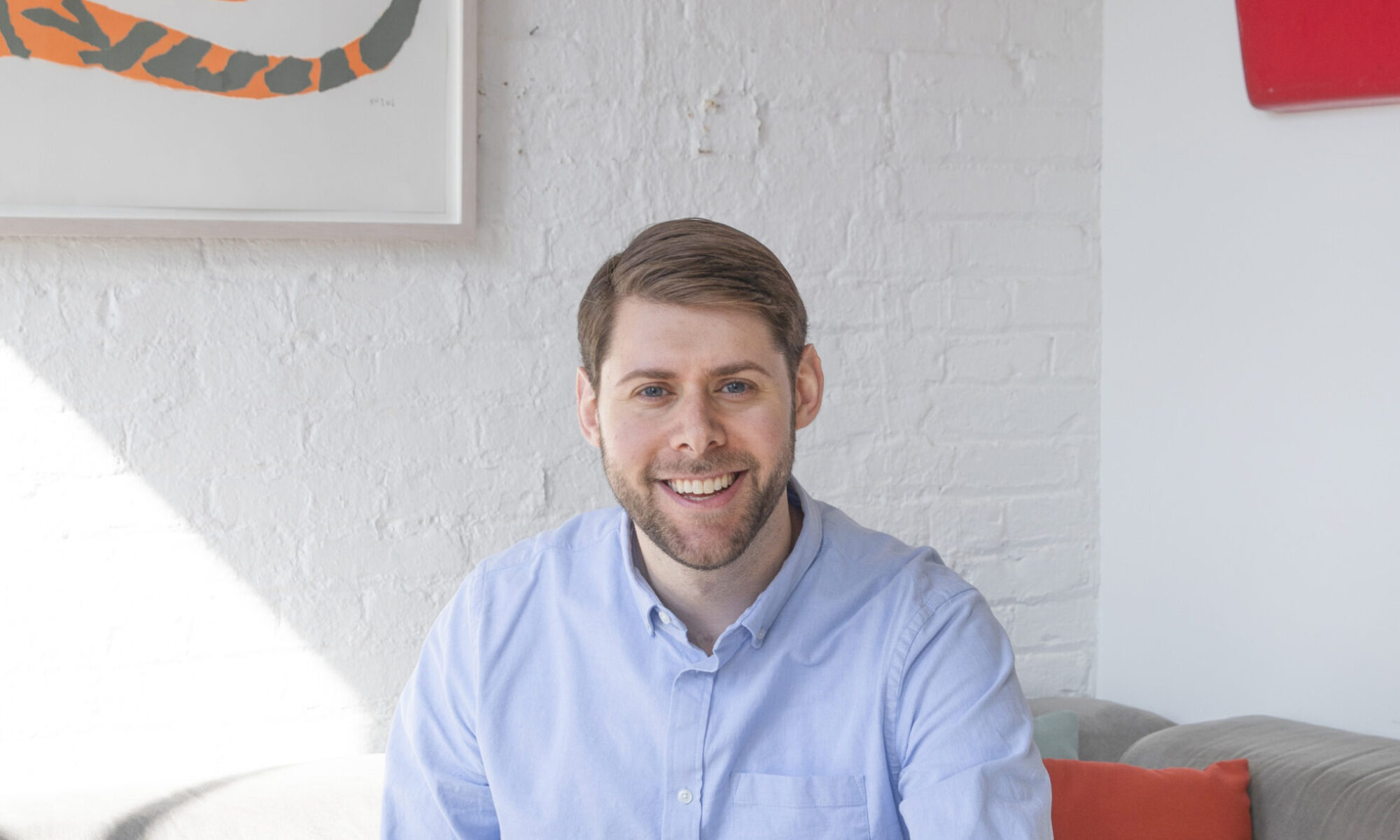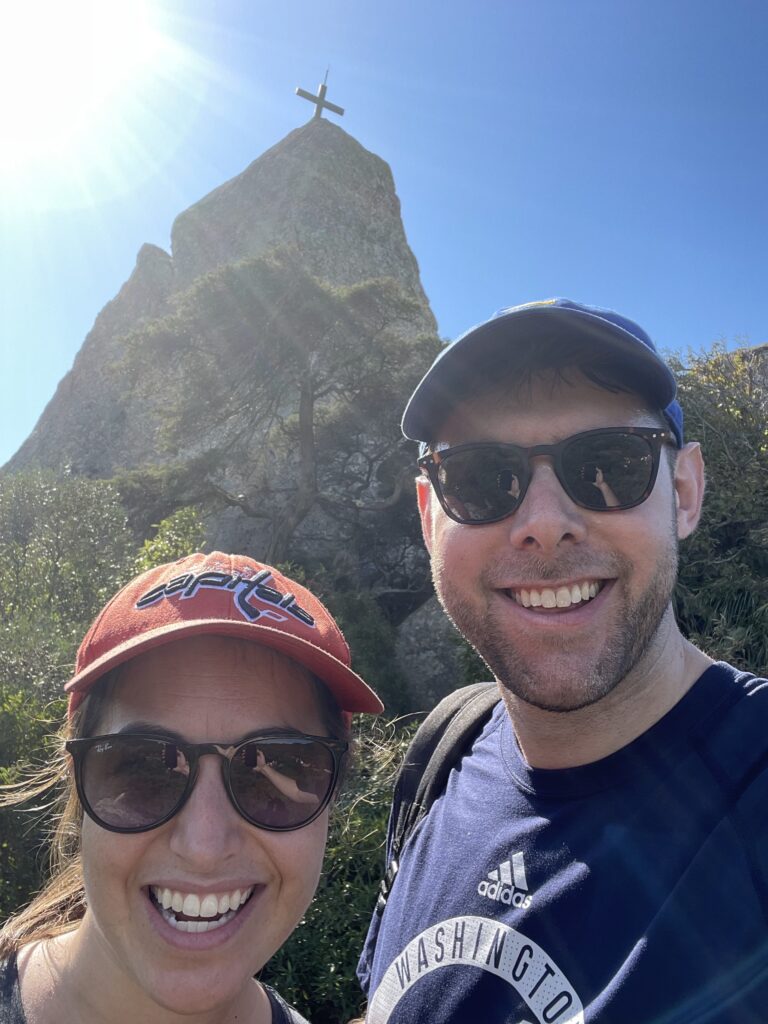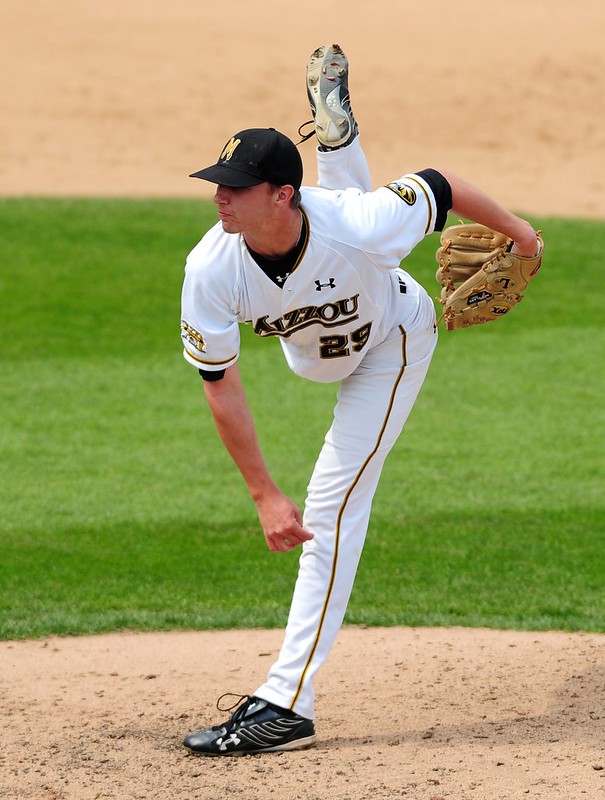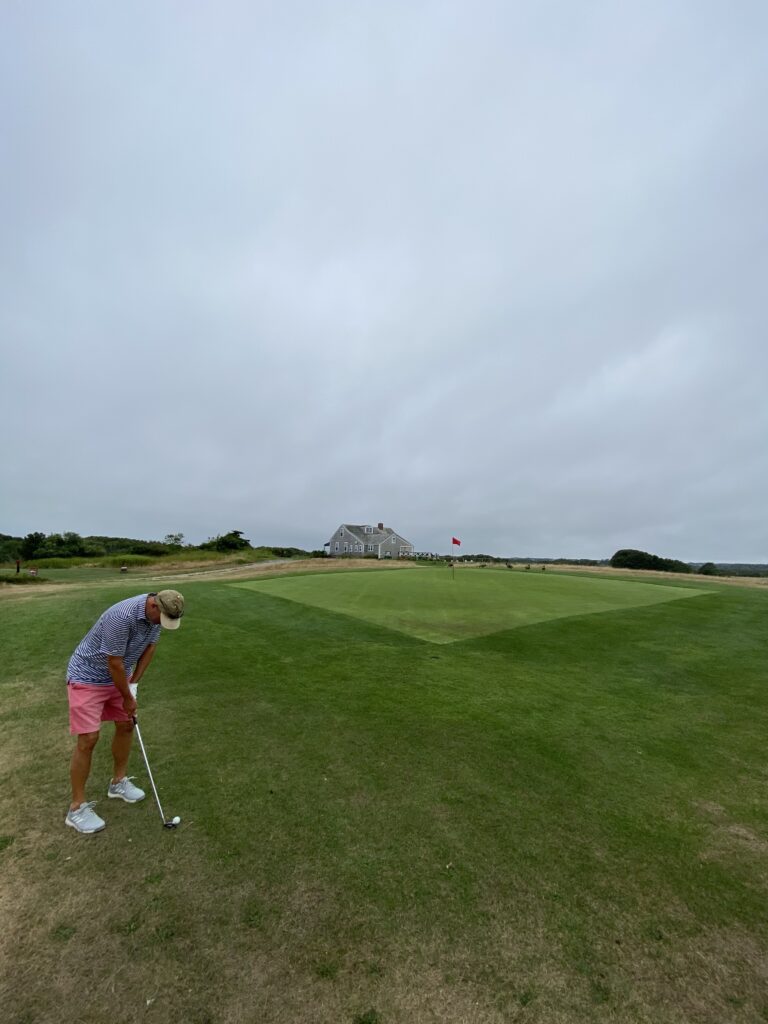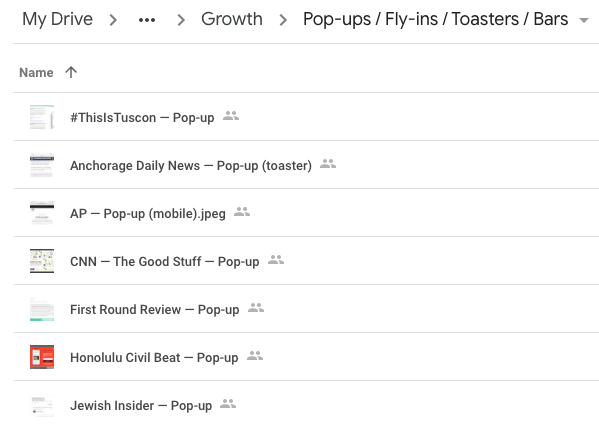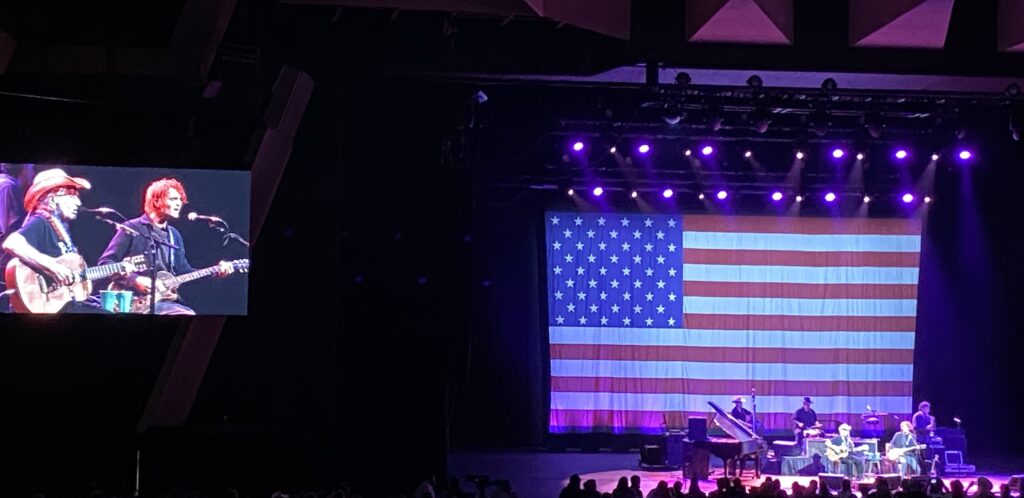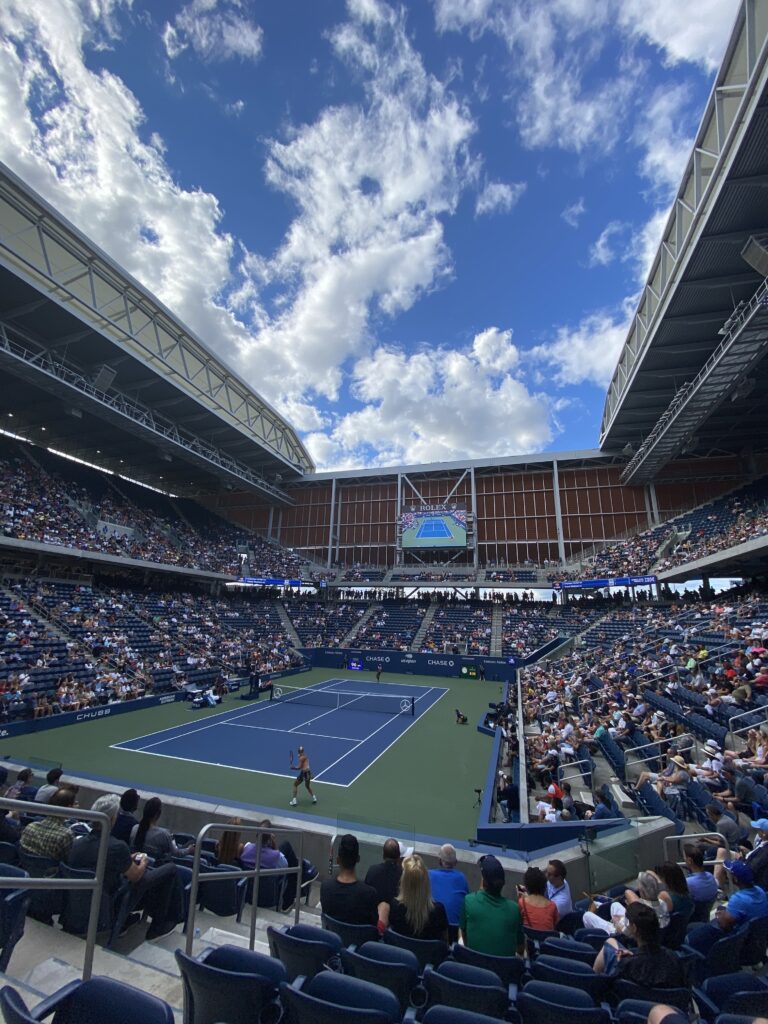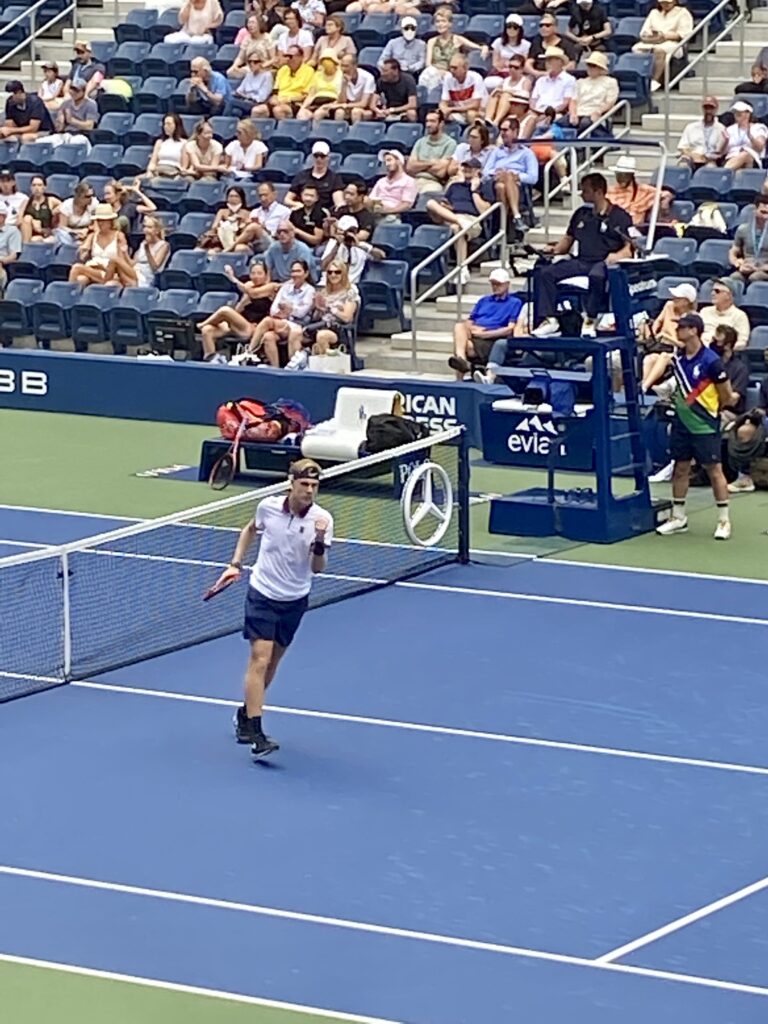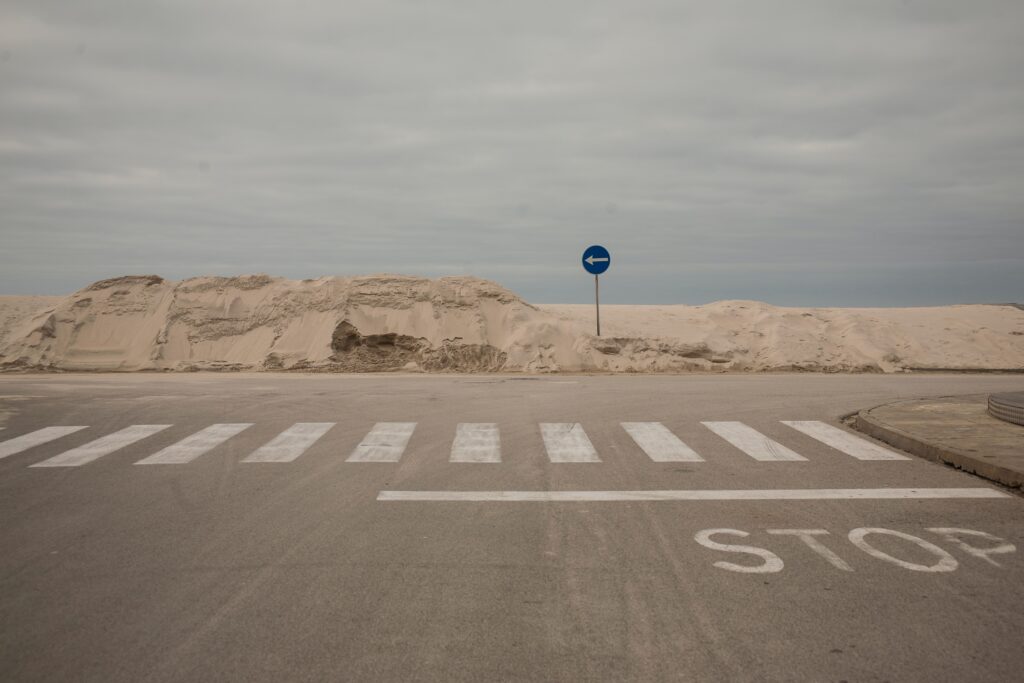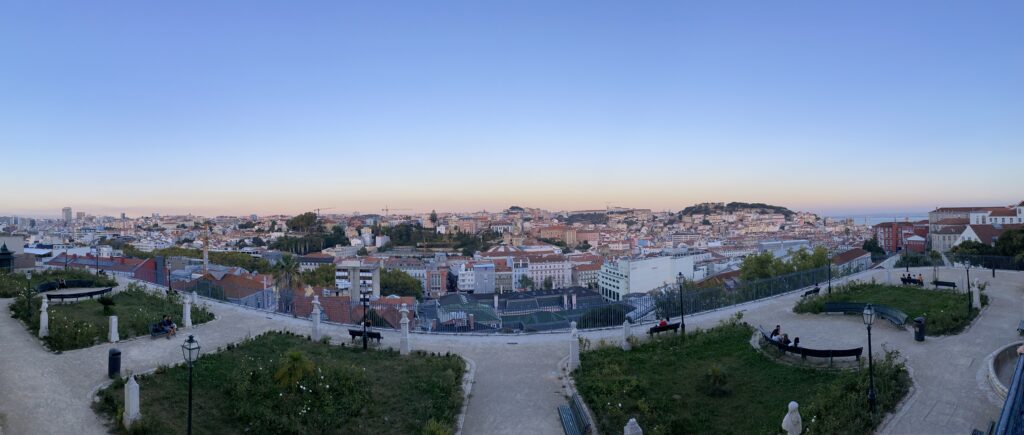
It’s our first night in Lisbon, and we’re hungry. Earlier in the day, we’d passed by a restaurant that looked great — and was busy at lunch, which is usually a good sign — and they’d recommended that if we wanted to come back for dinner, we should either come super early (5:30 p.m.) or late (8:30). We’d come late, but by the time we arrived, they said their dinner service was full for the night.
So we started walking. We passed on Italian food and Mexican food, and weren’t into the steak place on the corner. We stopped at a barbershop that also had a bar inside and got a drink. They recommended a Chinese place up the hill, and so we headed there — only to find that they didn’t serve Chinese food. (Only burgers and cocktails. I still don’t understand why.) We kept walking, and I wasn’t worried about finding a place. I studied abroad in Spain, and restaurants there were always open late, and this was a Friday night, when restaurants are typically open even later. But at about 9:45, restaurants started turning us away. Four or five places told us, “Sorry, we close at 10.” And suddenly, we realized:
We had no idea if we were going to find a place that was open for dinner, we’d walked nearly 10 miles that day up and down Lisbon’s hilly streets, and we were really, really hungry.
So we started getting a little desperate, asking every bar and restaurant we passed — regardless of cuisine — if they were still open for dinner. None were.
I tried to steer us to a local kebab place, since those usually don’t close until 2 or 3 in the morning.
Closed.
We kept walking, and then, finally, on the right, I spotted it: A sushi place with a few people eating outside. We ran in. “Are you still open?” I asked.
“For dinner? Yes, right this way,” the hostess said, and pointed us to a table.
We ordered an excessive amount of food that night — sushi and soups and noodles and beers, as the TV in the corner played ‘00s hits. (I’d never eaten sushi at 11 p.m. while listening to Kanye West’s “Late Registration.” Based on how fast we ate everything they placed in front of us, I think our server thought we’d never eaten before. We ate and laughed and drank and toasted to somehow finding the last restaurant in Lisbon that was still open for dinner.
It was a reminder: Getting lost in a new place can be fun! But maybe next time, we’ll remember to first ask the hotel front desk what time local restaurants close.
With that in mind, here are ten other rules I’ve learned about traveling:
1.) Do something cultural.
2.) Do something active.
3.) Eat a lot.
4.) Try something new.
5.) Meet new people.
6.) Ask locals for recommendations.
7.) Tip well.
8.) If you’re traveling with a friend or a spouse, spend a few hours doing something on your own.
9.) Get enough rest.
And remember: You don’t need to see it all. I love leaving a place thinking, “You know, there’s more to see here! I can’t wait to come back.”
———
That’s a photo I took of the view from the Bairro Alto in Lisbon at sunset.
